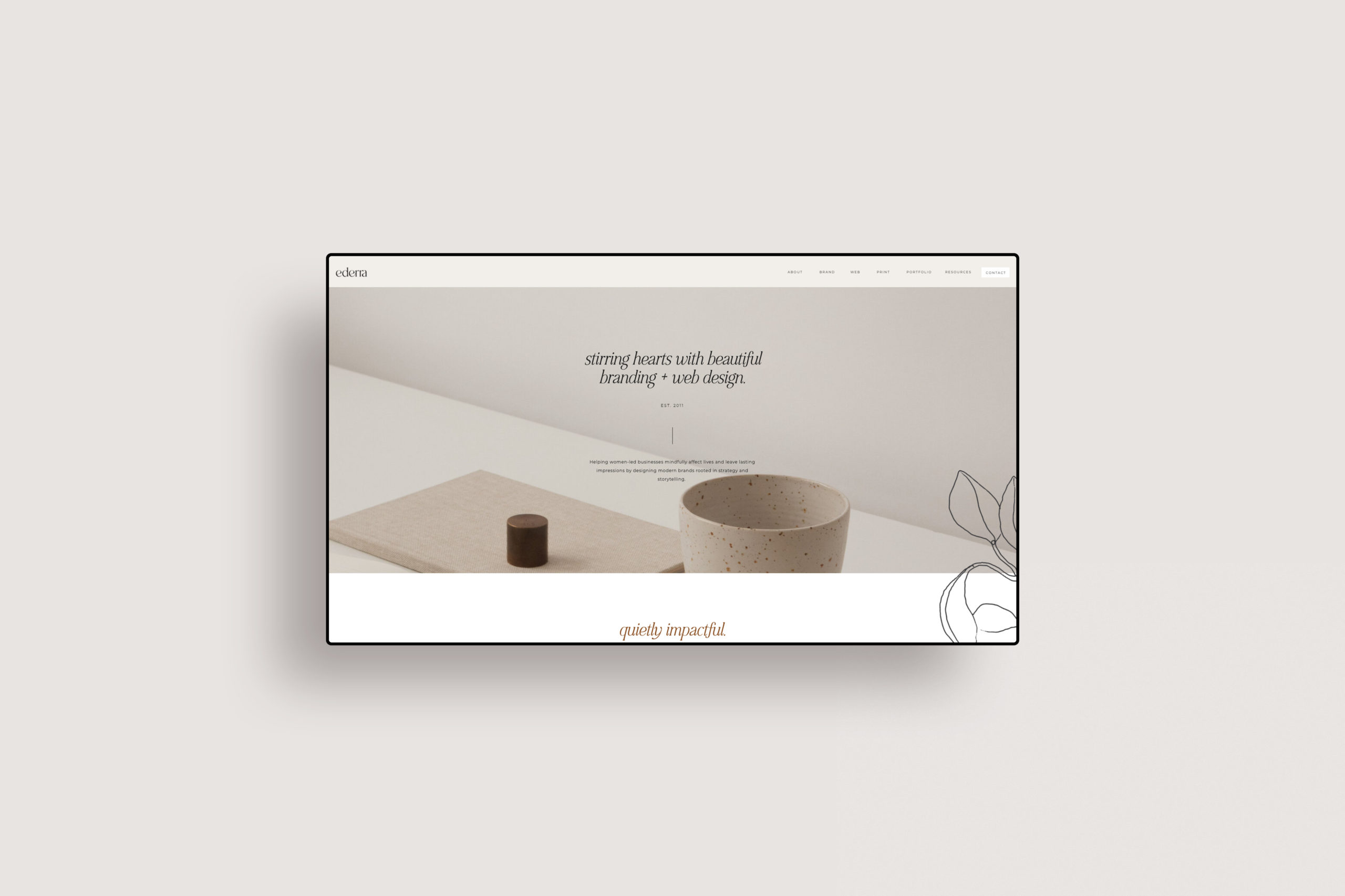Dasiwang: Your Gateway to Trending Insights
Stay updated with the latest news, trends, and insights across various topics.
Less is More: Embracing the Beauty of Minimalist Web Design
Discover why less is more in web design! Unleash the power of minimalism and transform your site into an elegant masterpiece today!
The Power of White Space: How Minimalist Design Enhances User Experience
The Power of White Space in design is often underestimated, yet it plays a crucial role in enhancing user experience. By strategically utilizing white space, designers can create a sense of balance and clarity that allows users to navigate content effortlessly. This approach not only helps to focus attention on important elements, but it also reduces cognitive overload, enabling users to absorb information more effectively. In a world where content is constantly vying for attention, minimalism through white space can be a game changer.
Incorporating white space into your design can lead to a variety of benefits, such as:
- Improved readability and comprehension
- Increased user engagement
- Enhanced aesthetic appeal
Ultimately, embracing the power of white space allows designers to create more engaging interfaces that cater to user needs. When users feel less overwhelmed, they are more likely to interact positively with the content, leading to better retention and a more enjoyable experience overall.

Tips for Transitioning to a Minimalist Web Design: Where to Start
Transitioning to a minimalist web design can seem daunting at first, but with the right approach, it can become an exciting process. Start by evaluating your current website to identify clutter and distractions. Make a list of all the elements that are essential to your users and those that can be removed. This might include reducing the number of fonts, images, and unnecessary text. Aim for a clean, organized layout that allows users to find information quickly and easily.
Next, adopt a minimalist style in your design choices. Use a limited color palette and prioritize whitespace to enhance readability and visual appeal. Consider implementing a simple navigation structure that focuses on key content areas. An effective way to approach this is by creating an outline of your website's content hierarchy, which will help you determine the most important pages and how they should be interconnected. Remember, minimalism is not just about removing elements, but also optimizing user experience.
Why Minimalist Design is the Future of Web Development: Key Benefits Explained
The shift towards minimalist design in web development is not merely a trend; it represents a fundamental change in how users interact with digital content. By focusing on the essentials and eliminating unnecessary elements, websites can deliver a more streamlined user experience. The benefits of this approach are manifold, including faster loading times, improved navigation, and enhanced accessibility. In a world where attention spans are dwindling, implementing minimalist design ensures that visitors can quickly find the information they need without the distraction of cluttered layouts.
Another significant advantage of minimalist design is its versatility. This type of design adapts well across various devices and screen sizes, making it inherently mobile-friendly. Brands are increasingly recognizing the importance of responsive design, and a minimalist approach often requires less coding and fewer graphics, leading to a more efficient development process. Ultimately, as the digital landscape continues to evolve, adopting a minimalist design philosophy not only future-proofs websites but also aligns with the growing demand for usability and aesthetic simplicity.